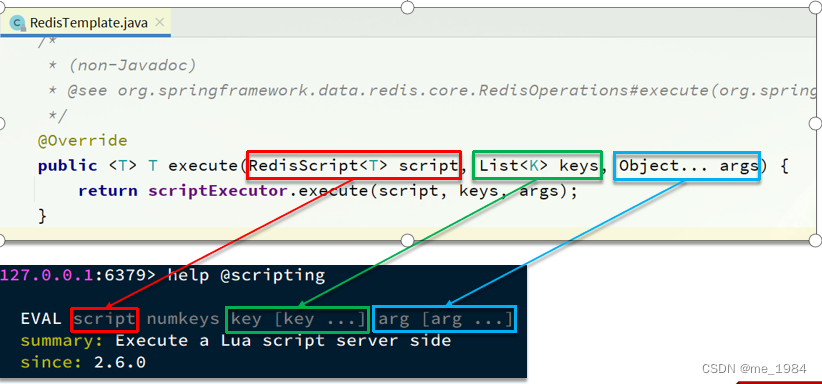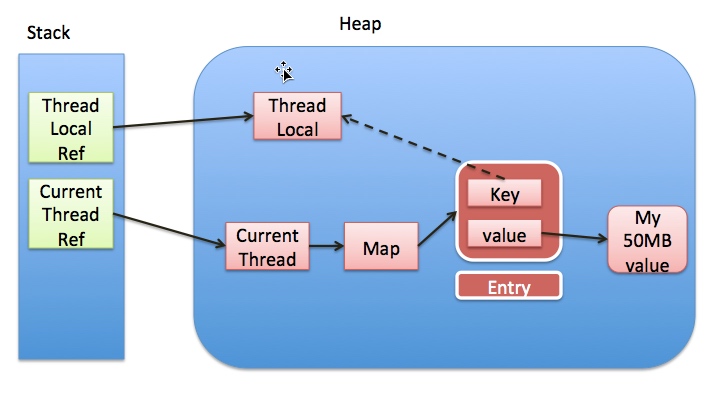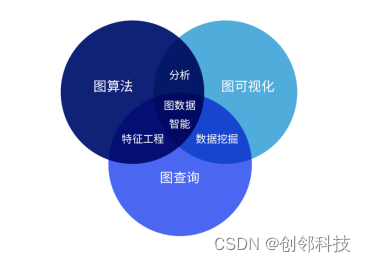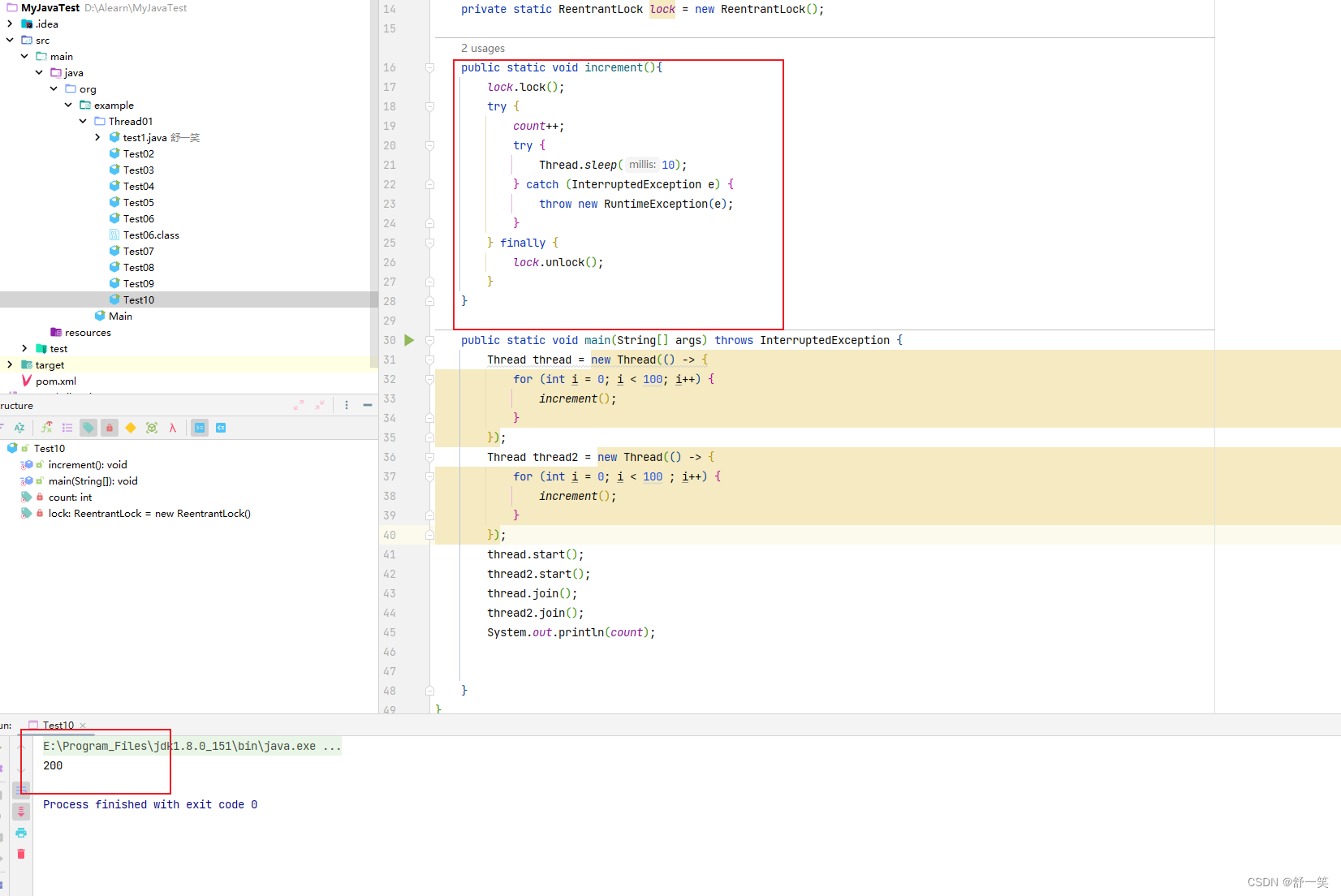Spring Security是一款基于Spring框架的认证和授权框架,提供了一系列控制访问和保护应用程序的功能,同时也支持基于角色和权限的访问控制,加密密码,CSRF防范,会话管理等多种功能。Spring Security可以轻松地与其他Spring框架,如Spring Boot和Spring MVC进行集成使用。
本文将会对Spring Security框架进行全面详细的讲解,包括框架的概述、认证、授权、LDAP身份验证、Kerberos身份验证、CSRF防范、加密密码、会话管理、异常处理等方面,并提供相关API。
框架概述
Spring Security是一个基于Spring框架的认证和授权框架,它提供了各种工具和框架来保护基于Spring的应用程序。Spring Security可以让开发人员和系统管理员轻松地配置各种安全功能,例如:
- 用户认证和授权
- 保护Web应用免受各种攻击,如跨站点脚本攻击(XSS)、跨站点请求伪造攻击(CSRF)和点击劫持攻击
- 使用基于角色和权限的访问控制来保护应用程序资源
- 带有单点登录(SSO)功能,可以将多个应用程序集成到一个中央身份验证系统
- 与其他Spring框架,如Spring MVC和Spring Boot,提供可定制的集成
正如其名字所示,Spring Security是将安全性融入了Spring生态系统中,这样就可以轻松地使用Spring的依赖注入和面向切面编程等强大功能来管理应用程序的安全性。
Spring Security的架构
Spring Security的架构如下所示:
+-----------------+
| Security Filter |
+-----------------+|
+-----------------+
| Web Security |
+-----------------+|
+-----------------+
| Authentication |
+-----------------+|
+-----------------+
| Access Control |
+-----------------+
- Security Filter:是整个Spring Security架构的基础。它是作为第一条链的Servlet过滤器。所有的安全相关操作都是在Security Filter之后执行的。
- Web Security:是通过“HttpSecurity”对象实现的,它是框架的核心子系统,负责身份验证、授权和安全事件的处理等工作。Web Security通常与Spring MVC或Spring Boot集成使用。
- Authentication:是指Spring Security处理身份验证的核心功能。它包括身份验证提供者、令牌和身份验证流程等组件。使用Spring Security,开发者可以选择多种身份验证方法,如HTTP Basic认证、表单登录、OpenID Connect等。
- Access Control:是指Spring Security控制资源访问的核心功能。它使用“AccessDecisionManager”接口来决定用户是否有权限访问受保护的资源,同时支持基于角色和基于权限的访问控制。
Spring Security的主要特点
Spring Security具有以下主要特点:
- 支持多种身份验证方式:Spring Security支持多种身份验证方式,如HTTP身份验证、基本表单登录、OpenID Connect等。
- 用于访问控制的灵活而强大的体系结构:Spring Security提供了基于角色和基于权限的授权方式,可以轻松地控制和管理资源访问。
- 安全防范功能:Spring Security提供了多种安全防范功能,如CSRF防范、XSS防范、会话管理等,以保证应用程序的安全性。
- 可扩展性和可定制性:Spring Security是一个高度可定制的框架,允许应用程序开发人员对其进行扩展和自定义以满足自己的需求。
- 集成其他Spring框架:Spring Security可以轻松地与其他Spring框架,如Spring Boot和Spring MVC集成,使得使用Spring生态系统的开发人员无缝集成安全功能。
认证
认证是Spring Security框架的一个核心功能,它是通过身份验证来确定用户的身份。Spring Security支持多种身份验证方式,如HTTP Basic认证、表单登录、OpenID Connect等。
HTTP Basic认证
HTTP Basic认证是一种简单的身份验证方式,它将用户名和密码作为HTTP请求的头部信息发送给服务器进行验证。我们可以通过“HttpSecurity”对象实现HTTP Basic认证。
@Configuration
@EnableWebSecurity
public class HttpBasicSecurityConfig extends WebSecurityConfigurerAdapter {@Overrideprotected void configure(HttpSecurity http) throws Exception {http.authorizeRequests().anyRequest().authenticated().and().httpBasic();}}
在上面的例子中,我们使用了Spring Security的Java配置方式来配置HTTP Basic认证。我们首先使用“authorizeRequests()”方法定义了所有请求都需要进行身份验证。然后,使用“httpBasic()”方法开启了HTTP Basic认证。
表单登录
在Spring Security中,我们也可以使用传统的用户名和密码表单登录来进行身份验证。通过表单登录,用户可以在Web应用程序的自定义登录页面中输入用户名和密码。
首先,我们需要使用“formLogin()”方法定义登录页面和处理URL:
@Configuration
@EnableWebSecurity
public class FormLoginSecurityConfig extends WebSecurityConfigurerAdapter {@Overrideprotected void configure(HttpSecurity http) throws Exception {http.authorizeRequests().antMatchers("/login").permitAll().anyRequest().authenticated().and().formLogin().loginPage("/login").loginProcessingUrl("/auth").defaultSuccessUrl("/home").failureUrl("/login?error=true").usernameParameter("username").passwordParameter("password");}}
在上面的例子中,我们使用“formLogin()”方法定义了登录页面和处理URL。我们首先允许所有用户访问"/login"页面,然后使用“loginPage()”方法定义了登录页面的URL;使用“loginProcessingUrl()”方法定义了登录处理URL。最后,使用“defaultSuccessUrl()”方法和“failureUrl()”方法定义登录成功和失败后的重定向页面。我们还可以使用“usernameParameter()”方法和“passwordParameter()”方法自定义表单中的用户名和密码输入框的name属性。
在Spring Security中,我们也可以使用@Component注解将LoginForm定义为一个Spring Bean,以方便使用。示例代码如下:
@Component
public class LoginForm extends UsernamePasswordAuthenticationToken {private String username;private String password;public LoginForm(String username, String password) {super(username, password);this.username = username;this.password = password;}@Overridepublic Object getCredentials() {return password;}@Overridepublic Object getPrincipal() {return username;}}
OpenID Connect
OpenID Connect是一种基于OAuth2协议的身份验证和授权协议,它适用于Web应用程序、移动应用程序和IoT设备等场景。Spring Security提供了对OpenID Connect的支持,我们可以使用“OAuth2LoginConfigurer”实现OpenID Connect认证。
首先,我们需要定义一个OAuth2 Client Registration:
@Configuration
public class OidcConfiguration {@Beanpublic ClientRegistration oidcClientRegistration() {return ClientRegistration.withRegistrationId("oidc").clientId("my-client-id").clientSecret("my-client-secret").redirectUriTemplate("{baseUrl}/login/oauth2/code/{registrationId}").authorizationGrantType(AuthorizationGrantType.AUTHORIZATION_CODE).scope("openid", "profile", "email", "address", "phone").authorizationUri("https://accounts.google.com/o/oauth2/auth").tokenUri("https://www.googleapis.com/oauth2/v4/token").userInfoUri("https://www.googleapis.com/oauth2/v3/userinfo").userNameAttributeName(IdTokenClaimNames.SUB).jwkSetUri("https://www.googleapis.com/oauth2/v3/certs").clientName("Google").build();}}
在上面的例子中,我们使用“ClientRegistration”对象定义了OpenID Connect客户端的信息,包括客户端ID、客户端密钥、重定向URI、授权类型、作用域、授权服务器URI、令牌URI、用户信息URI、用户名属性名称、JWK公钥集等。
然后,在Spring Security中,我们需要使用“OAuth2LoginConfigurer”配置OpenID Connect认证:
@Configuration
@EnableWebSecurity
public class OidcSecurityConfig extends WebSecurityConfigurerAdapter {@Autowiredprivate ClientRegistration oidcClientRegistration;@Overrideprotected void configure(HttpSecurity http) throws Exception {http.authorizeRequests().anyRequest().authenticated().and().oauth2Login().clientRegistrationRepository(clientRegistrationRepository()).userInfoEndpoint().oidcUserService(oidcUserService());}private OAuth2UserService<OidcUserRequest, OidcUser> oidcUserService() {return new OidcUserService();}private ClientRegistrationRepository clientRegistrationRepository() {return new InMemoryClientRegistrationRepository(Collections.singletonList(oidcClientRegistration));}}
在上面的例子中,我们使用了“OAuth2LoginConfigurer”方法开启了OpenID Connect认证,同时使用了“clientRegistrationRepository()”方法和“oidcUserService()”方法配置OAuth2 Client Registration和OAuth2 User Service。
授权
Spring Security提供了基于角色和基于权限的访问控制,包括:
基于角色的访问控制
Spring Security使用角色来组织应用程序中的访问控制。我们可以使用“hasRole()”方法来实现基于角色的访问控制。示例代码如下:
@Configuration
@EnableWebSecurity
public class RoleBasedSecurityConfig extends WebSecurityConfigurerAdapter {@Overrideprotected void configure(HttpSecurity http) throws Exception {http.authorizeRequests().antMatchers("/admin/**").hasRole("ADMIN").antMatchers("/user/**").hasRole("USER").anyRequest().authenticated().and().formLogin();}@Autowiredpublic void configureGlobal(AuthenticationManagerBuilder auth) throws Exception {auth.inMemoryAuthentication().withUser("admin").password("{noop}admin123").roles("ADMIN").and().withUser("user").password("{noop}user123").roles("USER");}
}
在上面的例子中,我们使用了“hasRole()”方法定义了"/admin/“和”/user/"路径需要ADMIN和USER角色才能访问。然后,我们使用“configureGlobal()”方法配置了用户信息,包括用户名、密码和角色。
基于权限的访问控制
Spring Security也支持基于权限的访问控制,我们可以使用“hasAuthority()”方法来实现基于权限的访问控制。示例代码如下:
@Configuration
@EnableWebSecurity
public class PermissionBasedSecurityConfig extends WebSecurityConfigurerAdapter {@Overrideprotected void configure(HttpSecurity http) throws Exception {http.authorizeRequests().antMatchers("/admin/**").hasAuthority("ADMIN").antMatchers("/user/**").hasAuthority("USER").anyRequest().authenticated().and().formLogin();}@Autowiredpublic void configureGlobal(AuthenticationManagerBuilder auth) throws Exception {auth.inMemoryAuthentication().withUser("admin").password("{noop}admin123").authorities("ADMIN").and().withUser("user").password("{noop}user123").authorities("USER");}
}
在上面的例子中,我们使用了“hasAuthority()”方法定义了"/admin/“和”/user/"路径需要ADMIN和USER权限才能访问。然后,我们使用“configureGlobal()”方法配置了用户信息,包括用户名、密码和权限。
表达式语言
除了使用“hasRole()”方法和“hasAuthority()”方法来实现基于角色和基于权限的访问控制之外,Spring Security还支持使用表达式语言进行访问控制。我们可以使用“access()”方法来实现基于表达式语言的访问控制。示例代码如下:
@Configuration
@EnableWebSecurity
public class ExpressionBasedSecurityConfig extends WebSecurityConfigurerAdapter {@Overrideprotected void configure(HttpSecurity http) throws Exception {http.authorizeRequests().antMatchers("/admin/**").access("hasRole('ADMIN')").antMatchers("/user/**").access("hasRole('USER') or hasIpAddress('127.0.0.1')").anyRequest().authenticated().and().formLogin();}@Autowiredpublic void configureGlobal(AuthenticationManagerBuilder auth) throws Exception {auth.inMemoryAuthentication().withUser("admin").password("{noop}admin123").roles("ADMIN").and().withUser("user").password("{noop}user123").roles("USER");}}
在上面的例子中,我们使用了“access()”方法定义了"/admin/“和”/user/"路径的访问控制规则。其中,我们通过“hasRole()”表达式实现了对ADMIN角色的要求,同时通过“hasIpAddress()”表达式实现了对特定IP地址的允许。
LDAP身份验证
Spring Security也支持LDAP身份验证,我们可以使用“LdapAuthenticationConfigurer”来实现LDAP身份验证。示例代码如下:
@Configuration
@EnableWebSecurity
public class LdapSecurityConfig extends WebSecurityConfigurerAdapter {@Overrideprotected void configure(HttpSecurity http) throws Exception {http.authorizeRequests().anyRequest().authenticated().and().formLogin();}@Overridepublic void configure(AuthenticationManagerBuilder auth) throws Exception {auth.ldapAuthentication().userDnPatterns("uid={0},ou=people").groupSearchBase("ou=groups").contextSource(contextSource()).passwordCompare().passwordEncoder(new BCryptPasswordEncoder()).passwordAttribute("userPassword");}private ContextSource contextSource() {LdapContextSource contextSource = new LdapContextSource();contextSource.setUrl("ldap://localhost:389");contextSource.setBase("dc=springframework,dc=org");contextSource.setUserDn("cn=admin,dc=springframework,dc=org");contextSource.setPassword("adminpassword");return contextSource;}}
在上面的例子中,我们使用了“ldapAuthentication()”方法启用了LDAP身份验证,并使用“userDnPatterns()”方法和“groupSearchBase()”方法定义了用户和组的搜索路径。然后,我们使用“contextSource()”方法定义了LDAP服务器的上下文源,包括LDAP服务器的URL、根目录、管理员用户名和密码等。
CSRF防范
Spring Security提供了CSRF防范功能,可以防止跨站点请求伪造攻击。我们可以通过“csrf()”方法开启CSRF防范:
@Configuration
@EnableWebSecurity
public class CsrfSecurityConfig extends WebSecurityConfigurerAdapter {@Overrideprotected void configure(HttpSecurity http) throws Exception {http.authorizeRequests().anyRequest().authenticated().and().formLogin().and().logout().and().csrf();}}
在上面的例子中,我们使用了“csrf()”方法开启了CSRF防范。Spring Security默认情况下将会在所有POST、PUT、DELETE等非GET请求中自动包含CSRF令牌,以确保请求来自于合法的来源。
加密密码
Spring Security提供了多种加密算法来加密密码,包括BCrypt、SHA-256等。我们可以使用“PasswordEncoder”接口的实现类来进行密码加密和验证。示例代码如下:
@Configuration
@EnableWebSecurity
public class PasswordEncoderSecurityConfig extends WebSecurityConfigurerAdapter {@Overrideprotected void configure(HttpSecurity http) throws Exception {http.authorizeRequests().anyRequest().authenticated().and().formLogin();}@Autowiredpublic void configureGlobal(AuthenticationManagerBuilder auth) throws Exception {auth.inMemoryAuthentication().withUser("admin").password(passwordEncoder().encode("admin123")).roles("ADMIN").and().withUser("user").password(passwordEncoder().encode("user123")).roles("USER");}@Beanpublic PasswordEncoder passwordEncoder() {return new BCryptPasswordEncoder();}}
在上面的例子中,我们使用了“PasswordEncoder”接口的实现类“BCryptPasswordEncoder”来进行密码加密和验证,并在“configureGlobal()”方法中使用“passwordEncoder()”方法对密码进行加密。这样,在用户认证时,Spring Security会自动调用相应的密码加密算法对用户输入的密码进行加密和验证。
值得注意的是,在验证用户密码时,我们应该使用相应的密码加密算法来进行验证,而不是使用明文比较。这样可以保证密码的安全性。







